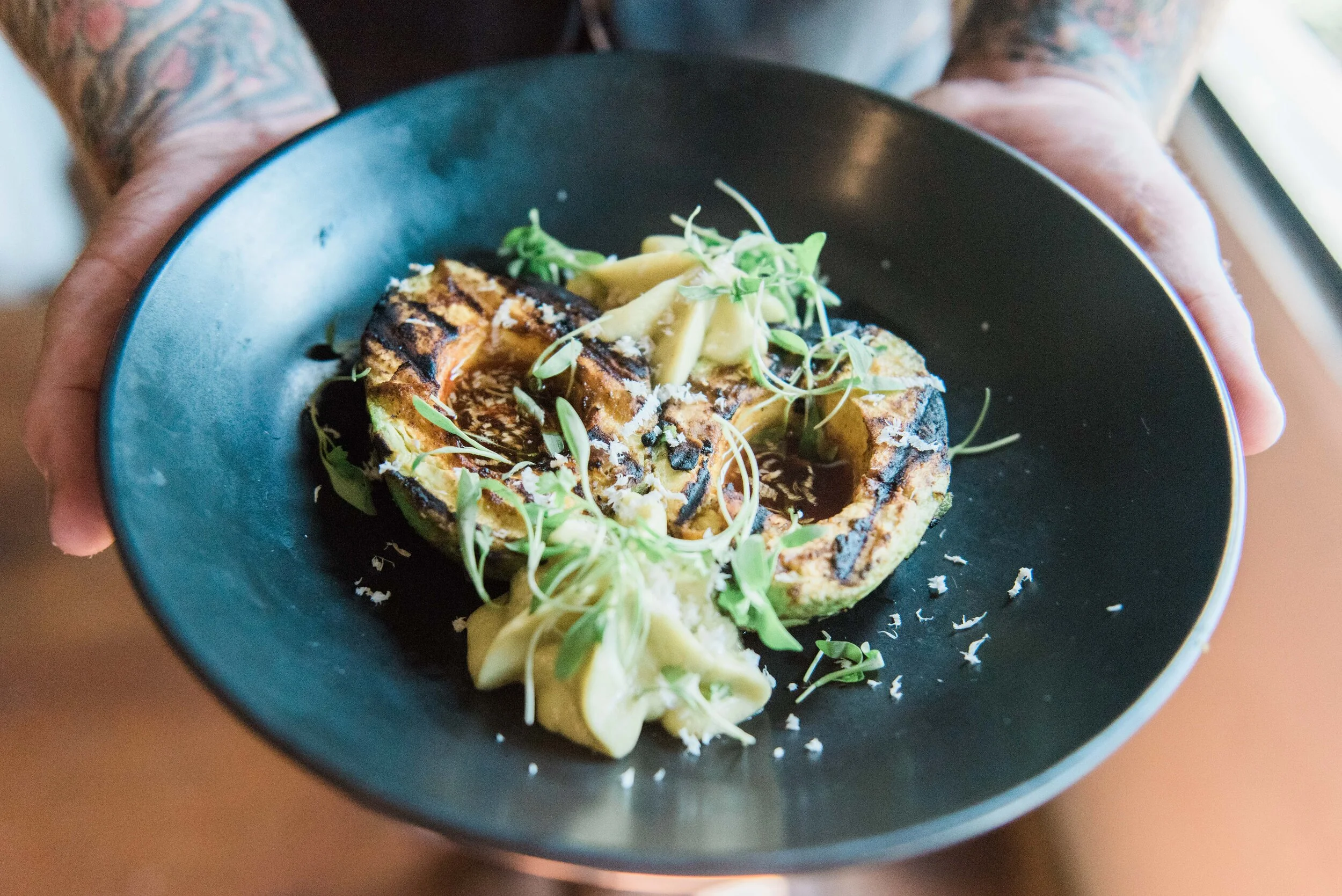Avocados in California
There are few foods more Californian than the avocado. In Santa Barbara, we are lucky enough to call this fruit our own.
The avocado is native to the New World, originating in southern Mexico, Central America, and the West Indies. The fruit has long been used as a food by Native Americans in these regions and was known by the Aztecs as “ahuacatl,” meaning testicle in the Aztec language.
The commercialization of the avocado in the U.S. is rooted in Santa Barbara. In 1871, Judge R.B. Ord came back from Mexico with three avocado saplings from Mexico. He planted them on his property at the corner of Canon Perdido and De la Viña streets. With these trees, Santa Barbara was home to the first avocado trees in America that actually bore fruit (some trees were planted in LA in 1856 which failed to produce fruit)*. Kinton Stevens saw the potential in the avocado and subsequently planted 120 trees in Montecito to sell this delicious fruit to the public, marking the first orchard in what is now a $320 million industry in California alone. The state produces 90% of the nation’s crop. Santa Barbara Country is currently North America’s third-leading producer of the fruit.
In Santa Barbara, we’re right in the middle of multiple avocado growing regions—giving us access to the fruit basically year-round. There are about 25 different varieties we have access to.
This area is also renown for avocados partly because of the annual California Avocado Festival, held in Carpinteria every October. Here, the “world’s largest batch of guacamole” is made, along with anything from avocado ice cream to fried avocadoes.
* It is fairly well known that the first avocado trees were planted at the corner of De la Vina and Canon Perdido. But we struggled to find out which corner these trees were planted. After a good amount of research, we figured out that Ord’s property stretched east to west from De La Vina to Castillo, and north to south from Canon Perdido to De La Guerra. The only corner of De la Vina and Canon Perdido that matches this criterion is the corner that Barbareño sits on.

